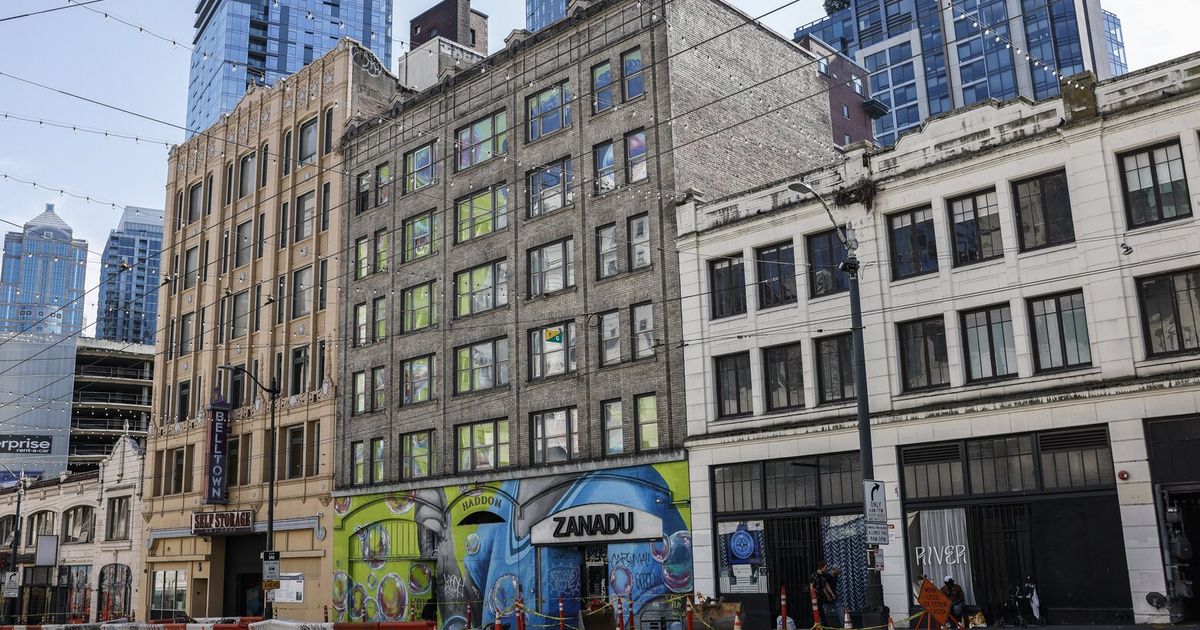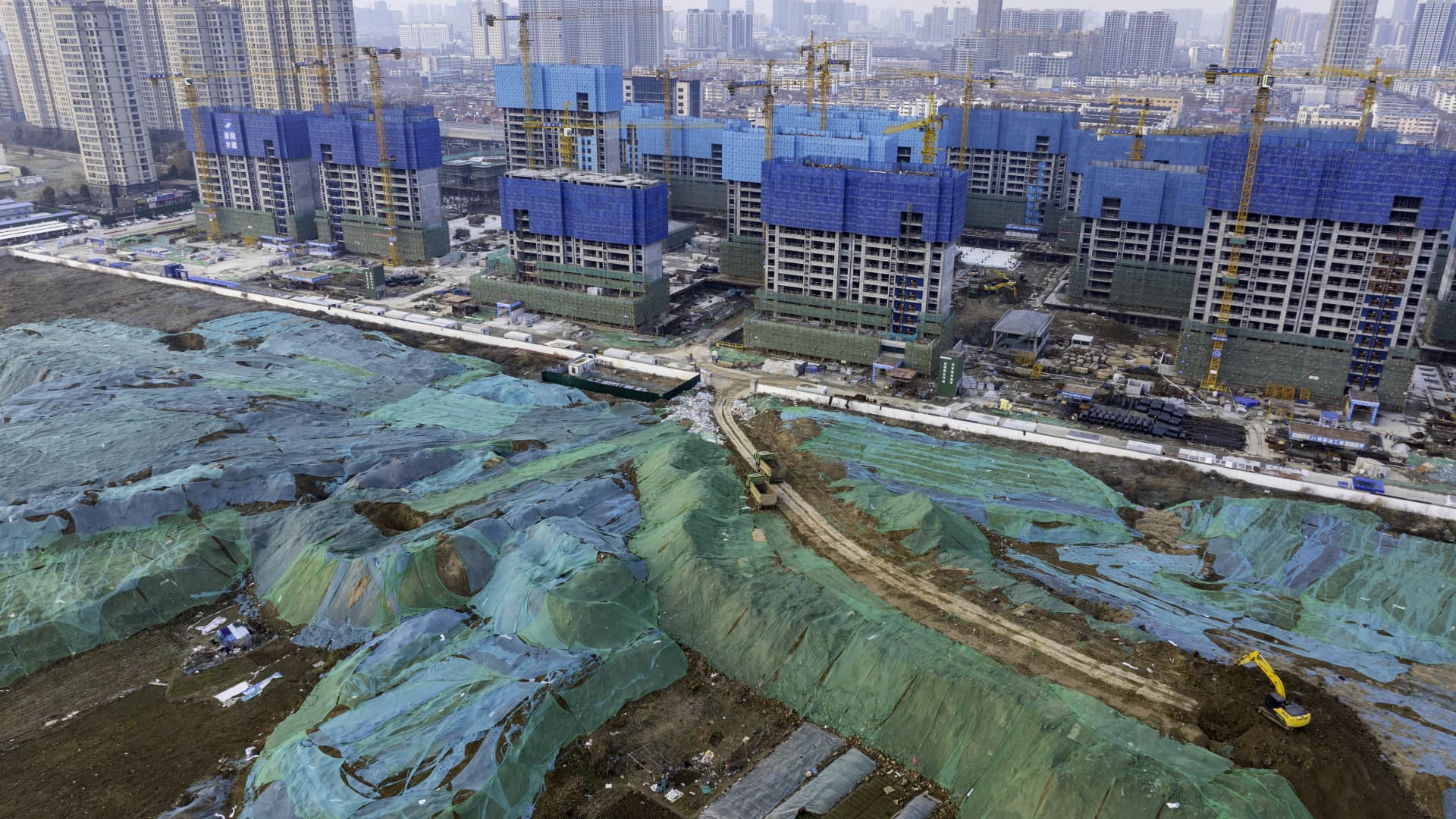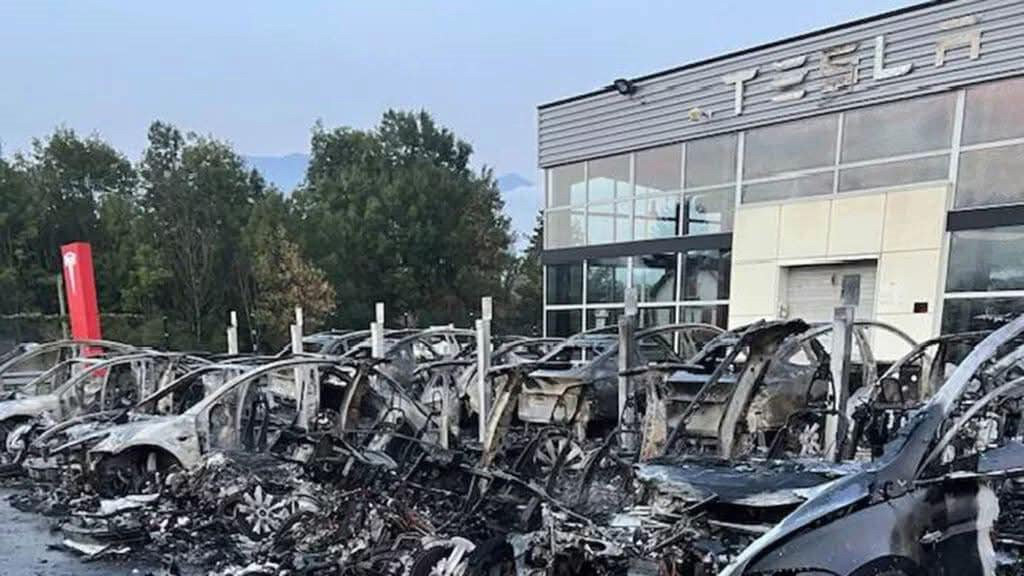The homelessness crisis is clearly worse than it was three years ago for Francine, a 38-year-old woman who sleeps outside in Queen Anne or downtown.
Francine became homeless in 2019 after losing visitation rights to her daughter, suffering severe depression, losing her job and getting evicted. Her alcohol addiction turned into a fentanyl dependence on the streets and she sees the mental health of the people around her deteriorating as well.
Despite that, Francine, who asked not to use her last name due to the stigma around addiction, thinks the homelessness crisis in Seattle will turn around.
“They have too much money out here,” she said.
A Seattle Times/Suffolk University poll conducted last month shows most Seattle residents agree with her — 52% of respondents said they think the city will make a little progress toward reducing homelessness over the next four years. That’s despite 59% of respondents saying the crisis has gotten worse in the past three years.
Some of the people who work in the system and homeless residents The Seattle Times spoke with envision the same trend — one of a crisis turning around, at least a little.
With how visible the crisis became during the pandemic, and the lessons we learned during it, they say conditions are ripe for both the will and know-how to do something about it.
Out in the open
Many poll respondents said the reason they believe the homelessness crisis is worse now than it was three years ago is because they see it more.
“I see a lot more encampments around or RVs parked on the side of the road where they didn’t used to be,” said Drew Scoggins, a Northgate resident who responded to the poll.
“I’ve noticed a lot more encampments since the pandemic started and not just in places where they used to be,” said Arlana Angel, a 40-year-old resident of Columbia City, who participated in the poll.
It’s difficult to say whether more people are living outside than before. According to the Point-In-Time Count, a single-day snapshot of homelessness in the region that is often criticized for being an undercount, about 7,620 people were living outside in King County in 2022, a 38% increase from 2020. But with the King County Regional Homelessness Authority changing the methodology for counting homeless people in 2022 and skipping a count the year prior, comparisons are imprecise, at best.
Experts in the field say it’s likely more people are homeless than before. But they also say homeless people live in more public areas.
“We began to see more of these encampments occupying parks, playgrounds and entire city blocks on the sidewalk,” said Daniel Malone, executive director of Downtown Emergency Service Center, one of the largest service providers in King County.
That’s due largely to pandemic restrictions. In 2020, the Centers for Disease Control and Prevention instructed cities to leave encampments alone to prevent the spread of COVID-19. Seattle largely followed that guidance for the first few years.
That change in where people living outside slept was good and bad, said Mary Steele, executive director of Compass Housing Alliance.
“When people are visible, they’re easier for outreach folks to find them and to find them repeatedly,” Steele said. “Worse in that it has more of an impact on the neighborhood for sure.”
Clashes between housed and unhoused residents became more common.
To an extent, encampments remain more in public spaces, though Seattle Mayor Bruce Harrell has returned Seattle to its pre-pandemic pace of clearing encampments.
That strategy of removing encampments is both popular and viewed as ineffective among residents, as shown in other poll results.
Violence and mental health
Another reason people say the homelessness crisis has gotten worse is because they feel less safe around homeless people and encampments.
“There’s a lot of crime associated with this,” said Shelley Nixon Shepherd, a 62-year-old homeowner in the North Seattle neighborhood of View Ridge who responded to the poll.
REACH Executive Director Chloe Gale said her outreach workers report more violent encounters in encampments than they did three years ago. Much of that violence is directed at people who are living in or interacting with encampments, and not random violence on passersby.
The city reported more than 120 gunshots in connection with an encampment or homeless person in 2022. A record 310 homeless people died in 2022, a 59% increase from the previous high set in 2018. Eighteen of those deaths were homicides.
Gale points out that gun violence is up across the board, but says the increased violence in encampments can be linked to “heightened feelings of anxiety and hopelessness” due to their mental and physical health needs not being met. She said most mental health and substance use disorder services moved online during the pandemic and many are still only available through Zoom — an inaccessible format for people without reliable computer or phone access.
“A lot of the treatment responses we have are still essentially unavailable to people who live outside,” Gale said.
At the same time, King County continues to lose these resources entirely, a trend that’s continued for decades.
A national opioid epidemic, specifically the rise in fentanyl, has exacerbated this issue, hitting the homeless population especially hard. More than half of homeless deaths in 2022 were due to overdose — 160 total.
“I think people mentally are doing way worse than they were three years ago,” said Susan McDowell, a 44-year-old woman who has been homeless in Seattle since 2017.
Awareness increasing
What’s the reason so many are optimistic? The silver lining in the worsened and more visible homeless crisis could be that awareness of the issue has increased.
Poll results showed about 1 in 5 residents personally know someone who has experienced homelessness, and 36% personally know someone who has experienced housing insecurity.
These numbers were almost double for Black poll respondents, mirroring the disproportionately high rates at which Black people experience homelessness, along with Native people.
Angel, the Columbia City resident, said her dog walker lost their primary job and ended up living in their car for part of last year.
“It makes me think that a lot more of us are closer to that than we realize,” Angel said.
Residents are also growing aware of what works. Research shows that the root cause of most homelessness is the lack of affordable housing.
For example, Drew Scoggins, a software engineer who lives in Northgate who responded to the poll, said he couldn’t name any specific actions taken by Seattle officials to address homelessness, but he feels not enough is being done on the root cause.
“If I were to boil it down to one thing, it’s like, build more places for people to live,” Scoggins said.
A better system
Those who work in the homelessness system believe that increased awareness of homelessness among the public and elected officials has contributed to an improved system better set up to address the issue during the next four years.
Malone, who leads the Downtown Emergency Service Center, said he sees among elected officials “a pretty consistent agreement that housing and support are what people need.”
For Steele at Compass Housing Alliance, King County’s Health Through Housing Initiative is a sign that elected officials will continue to invest in the right solutions. The initiative has purchased 15 hotels that the county says will create up to 1,600 units of supportive housing and shelter for homeless people.
Service providers say Seattle has shifted significantly toward adopting better practices in recent years.
Prior to the pandemic, shelters were mostly mats on the ground or dozens of bunk beds crowded together. Now, most shelters provide people privacy and are 24/7 facilities with a case manager on site to help figure out next steps.
“We have upped our game as far as making shelters a place that people will move off the streets to go into,” Steele said.
Seattle has also partially moved away from traditional sweeps, which clear tents and encampments without providing reasonable alternative accommodations. In many large-scale encampment removals along state rights of way and parts of downtown, most people living there moved inside.
And elected officials have backed measures aimed at making services more effective. Staffing levels at homelessness organizations have begun to rebound from crisis levels during the pandemic. Service providers say they were able to increase wages by pairing aggressive fundraising with increases tied to inflation in contracts from Seattle and King County.
“When you’ve got a deep hole to climb out of, how good are you supposed to feel when you’re halfway out of that hole? You’re probably supposed to feel good that you’re making progress, but it doesn’t mean that you’ve gotten all the way,” Malone said.
















